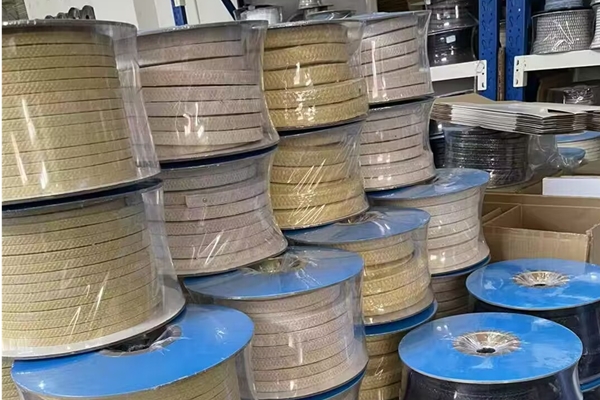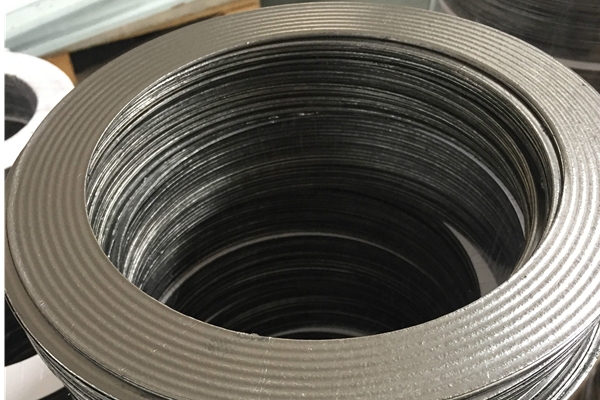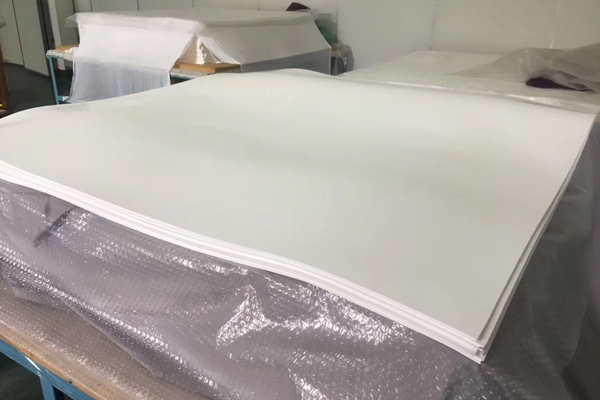Rubber parts play a crucial role in various industries due to their inherent properties, serving purposes in sealing, buffing, insulating, and more across different applications. They come in various types and are used extensively across multiple sectors, showcasing diverse functionalities.
Applications of Rubber Parts:
- Sealing Solutions: O-rings, gaskets, and seals made from rubber are utilized extensively in the automotive, aerospace, and machinery industries. They maintain tight seals, preventing leakage of liquids or gases in diverse operating conditions.
- Vibration Dampening: Rubber mounts and pads absorb vibrations and shocks in heavy machinery, automotive components, and electronic devices, reducing noise and ensuring stability.
- Insulation and Protection: Rubber parts like grommets, sleeves, and protective covers are employed to insulate and shield electrical cables, wires, and piping systems against harsh environmental conditions, including heat, moisture, and chemicals.
- Impact Resistance: Rubber bumpers and buffers serve to absorb impact and shocks, used in various applications from industrial machinery to sports equipment to mitigate damage.
Classifications of Rubber Parts:
Rubber parts are classified based on their composition, shape, and functionality:
- Material Composition: They can be made from various rubber types such as silicone rubber, neoprene rubber, nitrile rubber, or fluoroelastomers, each offering distinct properties like temperature resistance, chemical resilience, and flexibility.
- Functional Types: Rubber parts are further categorized based on their specific functions, including gaskets, seals, anti-vibration mounts, shock absorbers, and more, each tailored to serve particular industrial needs.
Identification Methods:
- Physical Characteristics: Simple methods involve burning tests:
- Observation of burning characteristics: different rubbers produce distinct flame colors, odors, and residue when burned, aiding in their identification.
- Chemical Tests: Chemical reagent-based tests or reagent-soaked papers help identify rubber types based on their reactions or color changes when exposed to specific chemicals.
Conclusion:
Rubber parts, with their diverse applications and classifications, are indispensable in industries requiring sealing, protection, and impact mitigation. Various identification methods, from burning tests to chemical reactions, aid in discerning rubber types, enabling the selection of appropriate rubber accessories for specific industrial applications. Their versatility and functional adaptability make rubber parts an integral component across a wide spectrum of industries, ensuring efficient and reliable performance in varied environments.




